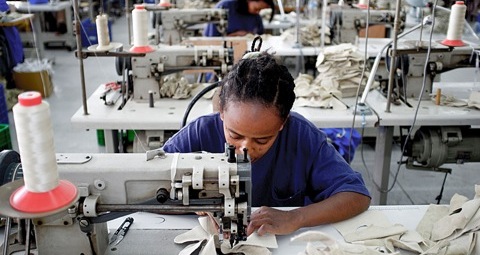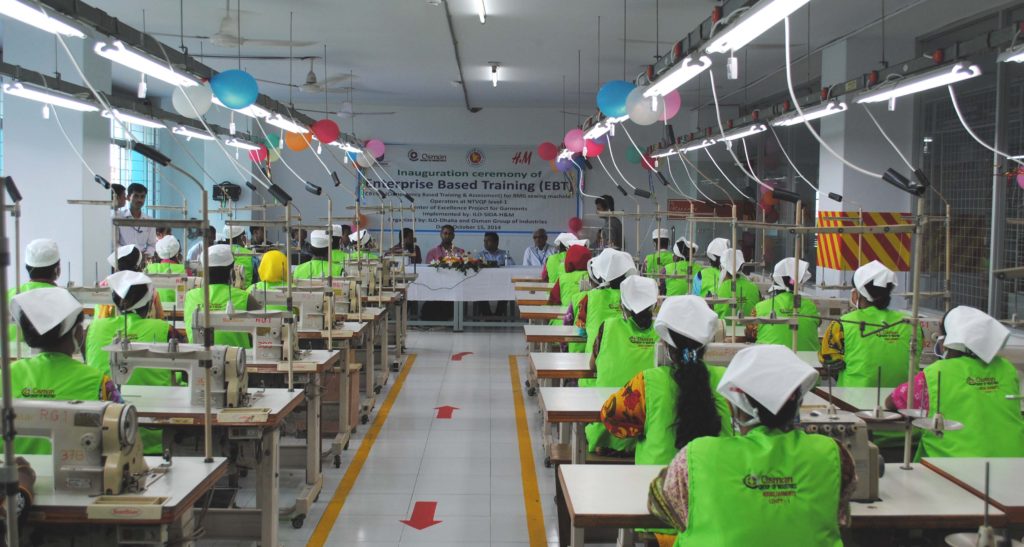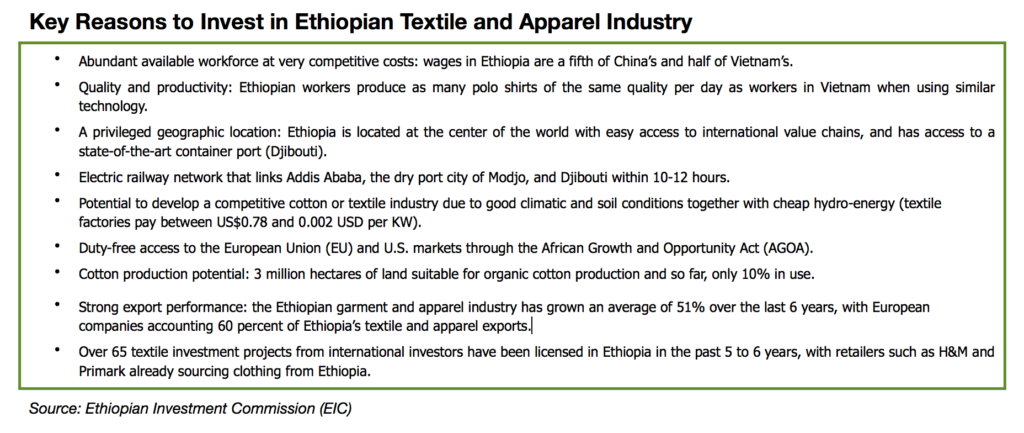As per the decision of the Executive Committee of EPRDF, the Federal Attorney General dropped charges against 101 suspects on 16 Feburary, including Colonel Demeke Zewde. The other suspects include among others Getachew Ademe, Atalay Zerfu, Nigst Yirga and Teshager Woldemichael.
Of the suspects, 56 were charged with having links with Ginbot 7 and the remaining 41 having links with OLF.
In a related development, 18 inmates were granted pardon, including Brigadier General Tefera Mamo and Asaminew Tsige.
They will be released after their cases are reviewed by the Board of Pardon and once approved by President Mulatu Teshome.
Similarly, the Amhara regional state dropped charges against 224 suspects detained in North Gondar zone
The regional state also pardoned 55 inmates who have been imprisoned in Gondar and Chilga prison centres.
The detainees were previously charged with terrorism and participating in violence. They will be freed as of tomorrow. Five detainees have so far been released, it was noted.


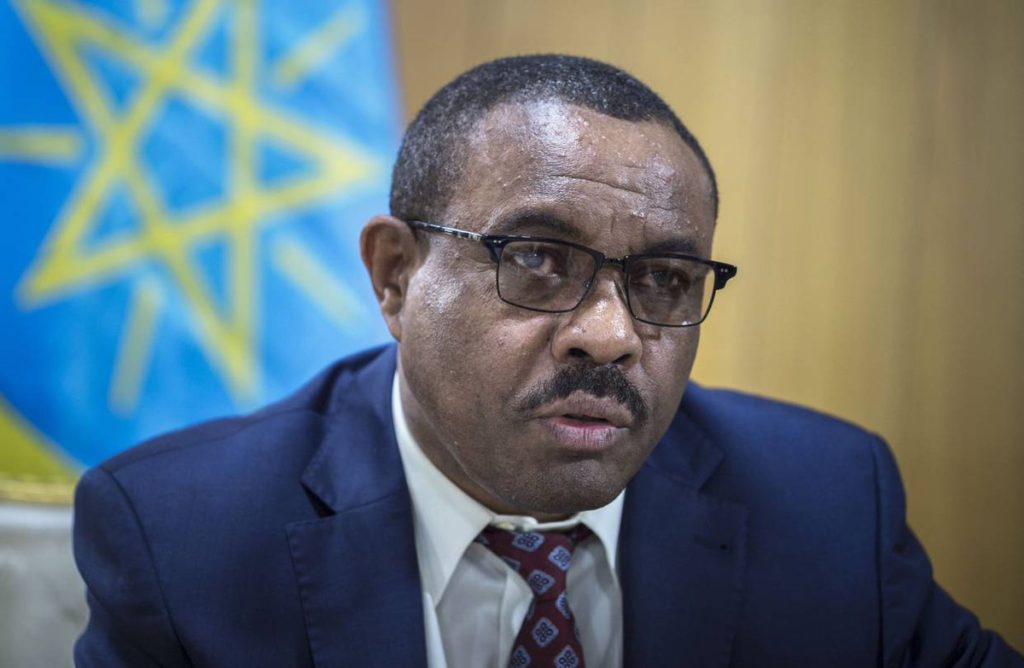





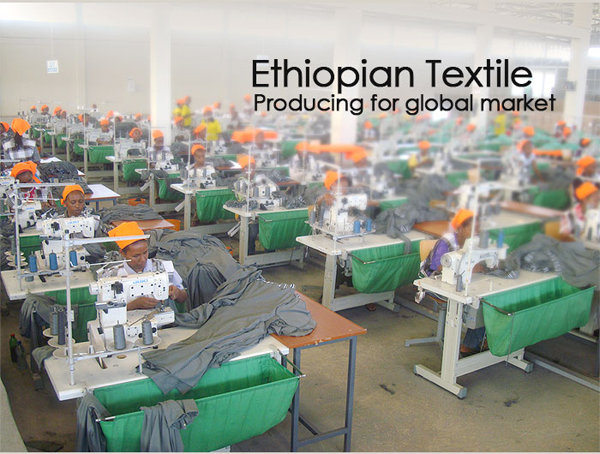



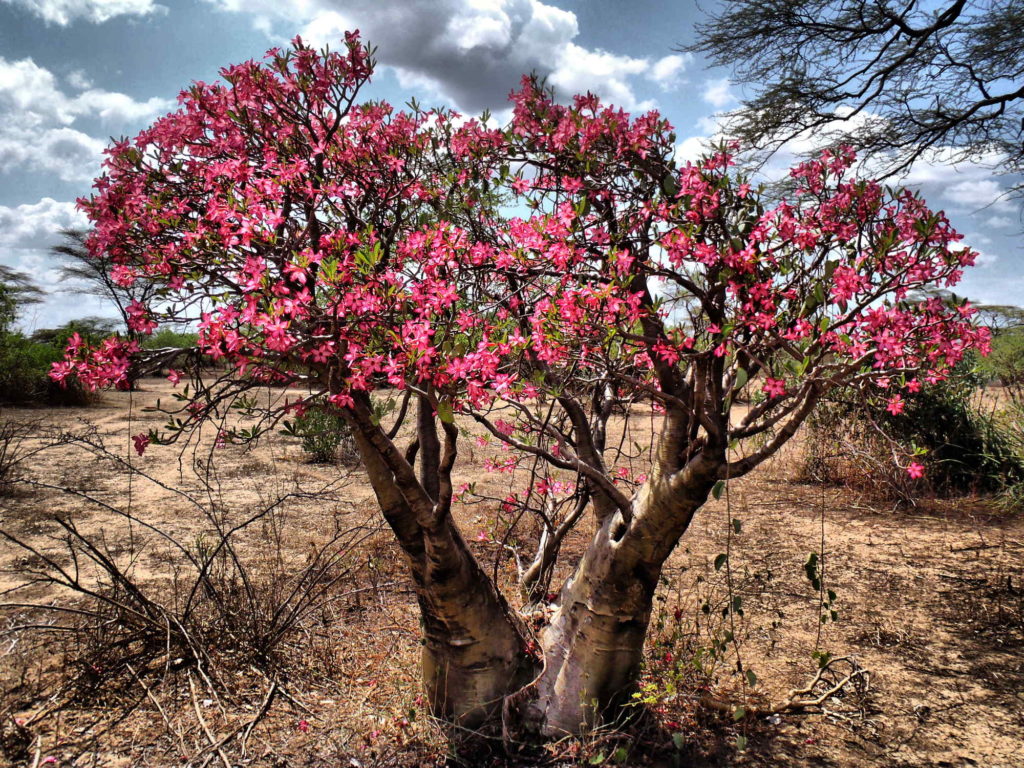 Besides cultural attractions, the Lower Omo Valley is endowed with astonishing flora and fauna. It is a spectacularly beautiful area with diverse
Besides cultural attractions, the Lower Omo Valley is endowed with astonishing flora and fauna. It is a spectacularly beautiful area with diverse